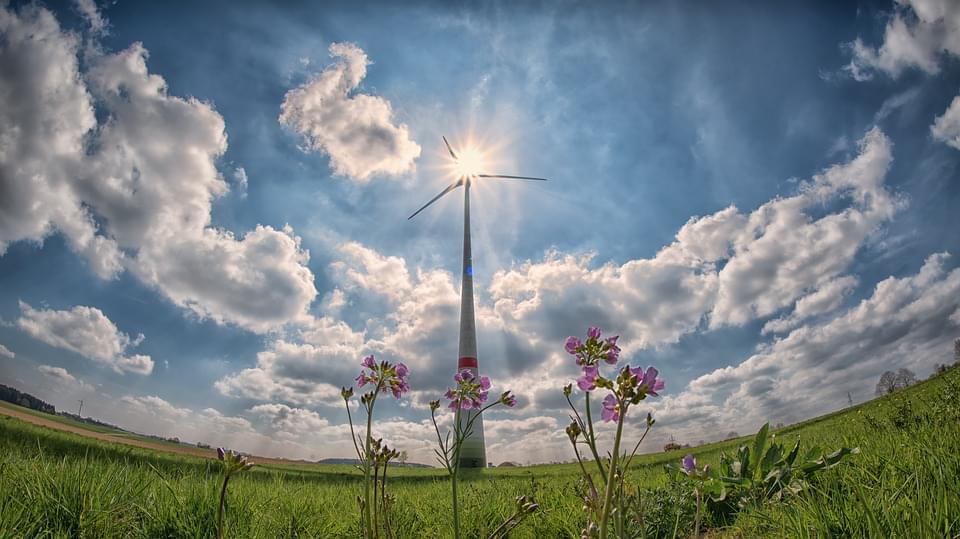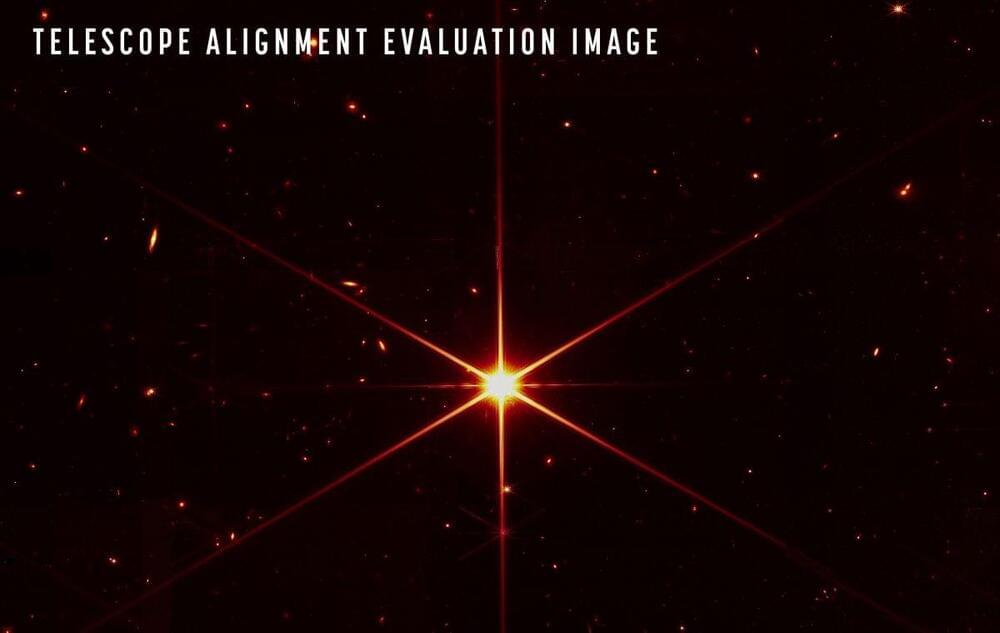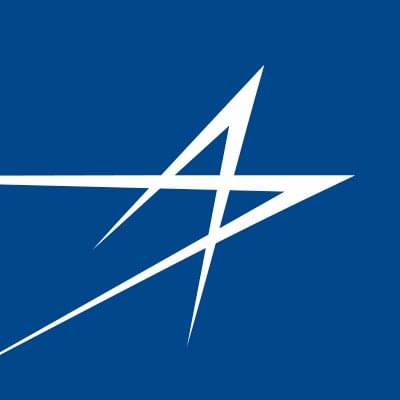Tl;dr: It’s obvious at this point that humanity isn’t going to solve the alignment problem, or even try very hard, or even go out with much of a fight. Since survival is unattainable, we should shift the focus of our efforts to helping humanity die with with slightly more dignity.
Well, let’s be frank here. MIRI didn’t solve AGI alignment and at least knows that it didn’t. Paul Christiano’s incredibly complicated schemes have no chance of working in real life before DeepMind destroys the world. Chris Olah’s transparency work, at current rates of progress, will at best let somebody at DeepMind give a highly speculative warning about how the current set of enormous inscrutable tensors, inside a system that was recompiled three weeks ago and has now been training by gradient descent for 20 days, might possibly be planning to start trying to deceive its operators.
Management will then ask what they’re supposed to do about that.









